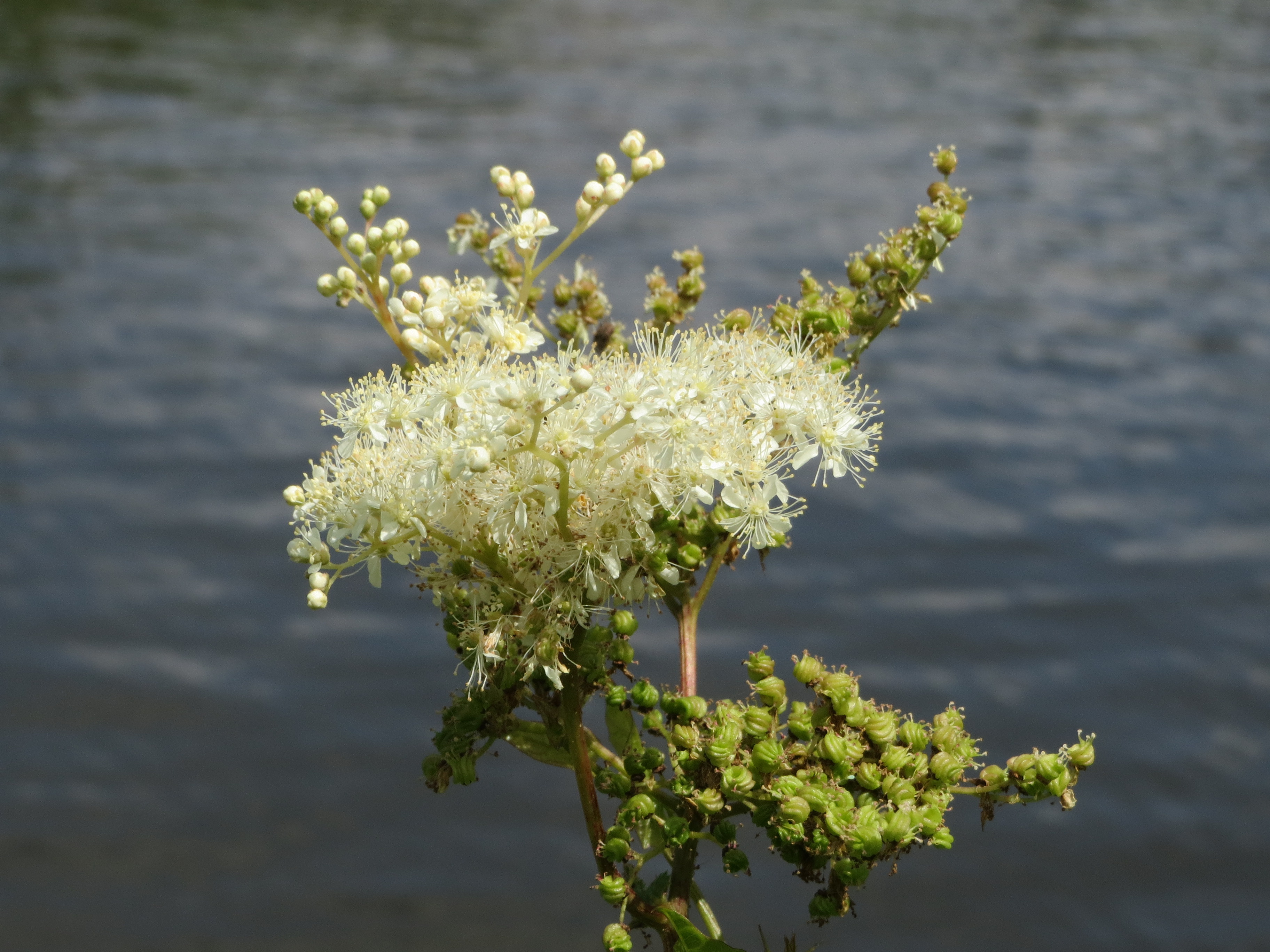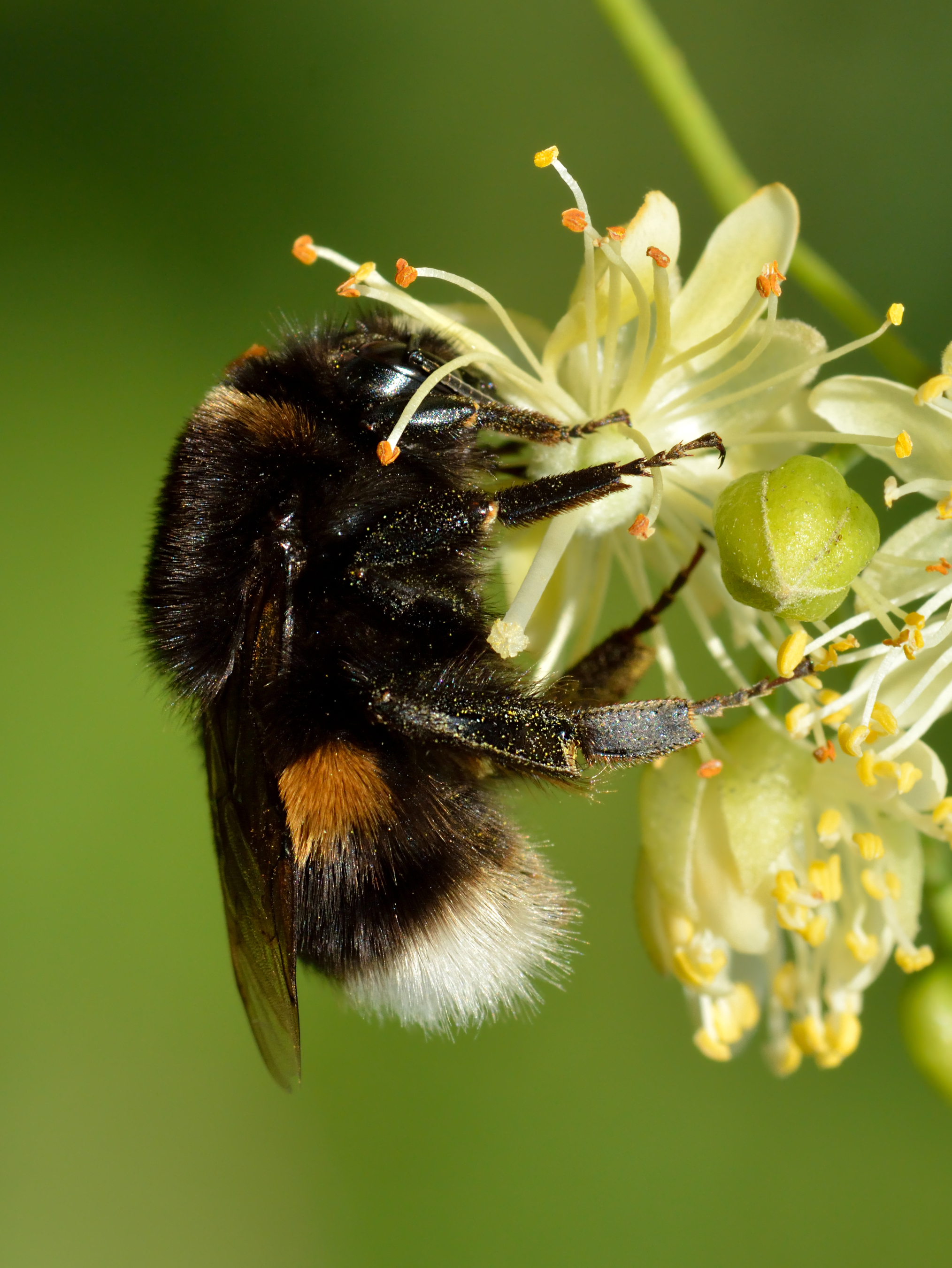How tall can a plant grow? When will it flower? How soon the fruits will ripen ? Well Gibberellins, the plant hormones hold all the answers. Adequate levels of gibberellin in the system boosts internodal elongation and plants grow tall. Since all gibberellins are diterpenoid acids, GA is the general abbreviation used for this class of hormones. Deficiency or total absence of GA renders the plants short and stalky. In fact GA ( or to be more precise its deficiency) revolutionised the horticulture industry in the sixties. The rice semi-dwarf1 (sd1) and wheat Reduced height-1 (Rht-1) were the foot-soldiers which successfully ushered in the Green Revolution. Initial studies indicated that a defect in one of the GA genes, which adversely affected GA biosynthesis, is responsible for dwarfism.
 |
| All gibberellins are diterpenoid acids |
Nagai et al studied the behaviour of both plants in shallow water (~5cm) as well as in deep water(~100cm) conditions. Shallow or deep, internodal elongation was conspicuous in C9285 throughout the vegetative stage, in conformity with ample concentrations of GA in the system. However in T65 plants endogenous gibberellin didn't appeared during the stem growth phase but only much later during the transition from vegetative to reproductive stage. As a result the plants got completely submerged in deep water during vegetative phase and got destroyed. Even with exogenous supply of GA during vegetative phase T65 failed to elongate while C9285 exhibited the added advantage.
The fact that T65 didn't respond to exogenous supply of GA, gave the indication that there are other factors that work in concert with GA to promote/retard stem elongation. Nagai et al carried out the DNA profiling of both plants. They located two genes in chromosomes 3 and 12 respectively of C9285 which responded to the presence and level of GA antagonistically. The gene in chromosome 3 , was activated by GA and the protein it coded for facilitated internodal elongation. This gene is aptly named Accelerator of internode Elongation, ACE1 and the protein product as Accelerator. The corresponding ACE1 gene in T65 was found mutated and nonfunctional. And that explains why T65 didn't respond to exogenous GA. However the 68kb gene in chromosome 12 behaves differently. Exogenous GA or deep water conditions suppressed the activity of this gene in C9285 but not in T65 in either situation. Follow up studies demonstrated that this gene codes for a protein that decelerates stem elongation. Nagai et al calls his gene DEC1, short for Decelerator of internode Elongation 1. It could be that the tug of war between ACE1 and DEC1 is an evolutionary trait, a survival tactic to facilitate the selection of shorter plants in shallow waters and taller varieties in deepwater conditions.
Tailpiece:
The Dutch seem to be the tallest people on Earth, according to a recent report, with an average height of 182.5cm for the male and 168.7cm for the female. So is there a gene associated with height in humans? It is accepted that genetic factors greatly influence height, however but multiple genes and their variants are implicated. In addition nutritional and environmental factors also play very prominent roles.
REFERENCES:
2. Semidwarf (sd-1) "green revolution" rice contains a defective gibberellin 20-oxidase gene
Speilmeyer et al., Proc.Natl. Academy of Sciences
3. Antagonistic regulation of the gibberellic acid response during stem growth in rice
Nagai et al Nature 2020 (584) pp109-114





.jpg)



